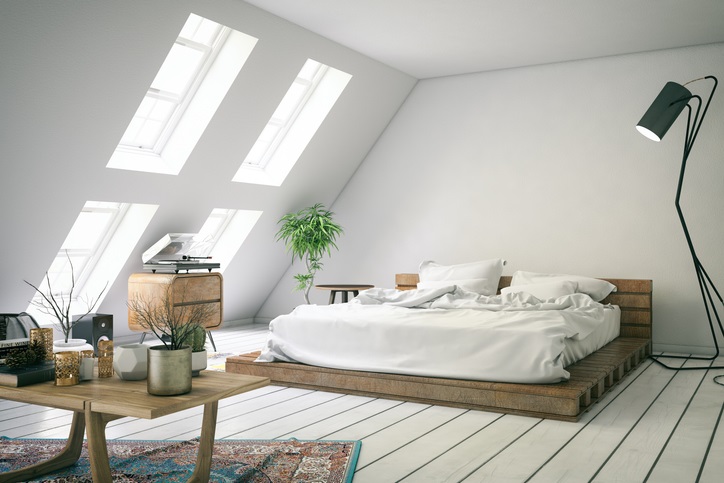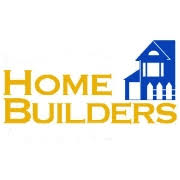
Home remodeling contractors always advise that the easiest way for homeowners to increase their living space without breaking the bank is to work within a home’s existing footprint. This includes expanding the space upwards and converting the attic from a dusty storage space to a useful living space!

About Conversions
Both basement remodels and attic conversions are similar in that homeowners must be aware of specific code restrictions dealing with safety. These restrictions mainly stem from concerns about fire hazards — and with good reason. According to the U.S. Fire Administration, an estimated 10,000 residential building attic fires are reported to U.S. fire departments each year. An attic conversion is a great way to affordably boost space as long as you can overcome hurdles in the code.
Attic Floor Space & Dimensions
Building codes require that the following specifications be met:
Floor Space
-
Required: 70 square feet minimum.
-
Reason: For adequately-sized living quarters.
Floor Space Dimensions
-
Required: At least seven feet in any direction. This would translate to a bare minimum of 7 feet x 10 feet.
-
Reason: Homeowners aren’t allowed to build strangely-configured, potentially dangerous spaces. For example, an attic floor space totaling 70 square feet would not be up to code if its dimensions were 4 feet x 17.5 feet.
Ceiling Height
-
Required: At least 50 percent of the usable floor space should have a ceiling height of 7.5 feet or more.
-
Reason: The living space must allow occupants to comfortably stand.
Other Considerations
Apart from the considerations above, you must take into account the following:
-
Your roof should be supported by rafters rather than trusses. Why? Rafters allow for clear space that makes an attic conversion possible.
-
Your remodeler must ensure your roof joists can support live loads (weight that moves, such as a person walking).
-
The construction of code-compliant stairs. This means providing a minimum of 6’8″ of headroom the entire length of the stairs; stairs at least 36 inches wide with treads of at least 10 inches deep; and risers at least 7¼ inches high.
-
A secondary egress point or exit is crucial. This means a window that opens to the outside so a person can escape in case of emergency.
Help us help you find creative ways to use your space. For the home remodeling services you need, give DreamMaker Bath & Kitchen of Wilmington a call. You can count on us to deliver the results you’re looking for and more! Get in touch with us by calling (901) 212-5889.









